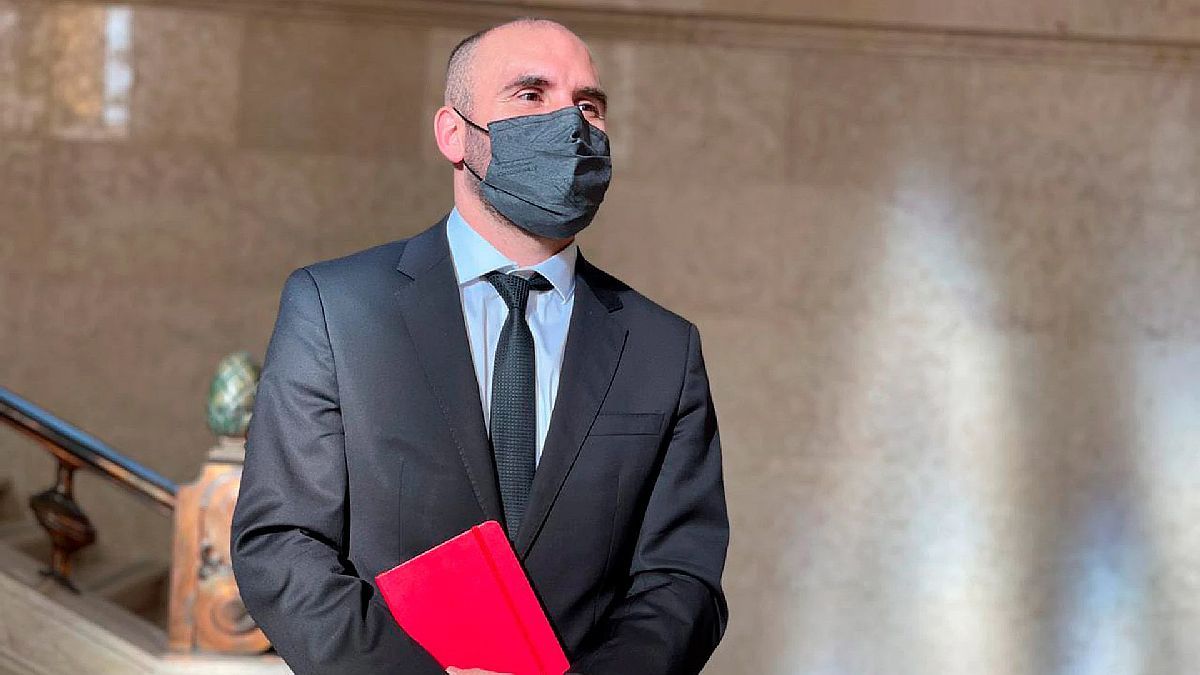Expenses
On the spending side, there will be a cut in energy subsidies, which the Minister of Economy, Martín Guzmán, will seek to be 0.6% of GDP. One part will be contributed by the segmentation of rates: the elimination of electricity subsidies for the highest decile of residential consumers in the AMBA and nine other urban areas would imply a saving of 0.08% of GDP. It is not ruled out to continue expanding this segmentation.
Another part of this energy saving will be contributed by the reduction of subsidies to energy costs for commercial users and for large industrial users. Although the gas plan halved the guaranteed price of gas (from US$7.5 to US$3.5 per million BTU) and electricity and gas rates will increase by 20% for the entire population, the reduction of energy subsidies in that proportion looks “very difficult,” according to economist Julián Rojo, who specializes in energy issues.
“There are alternatives to lower the cost of energy on the supply side in a normal context, but now international prices are on the rise. LNG went from US$8 to US$25, and a barrel of oil is heading towards US$100, something historical, when a year ago it was US$50, and the expectation is that prices will remain high”, described Rojo.
Another of the cuts will be applied to pensions, in the special regimes for diplomats and foreign service, confirmed President Alberto Fernández. There are 7,150 benefits for the Judiciary, with an average salary of $519,611, and 665 from the Foreign Service, with an average salary of $563,372 per month. The payment of ANSES to these two sectors represented in December 1.4% of total retirements. The fiscal impact would be low, anticipated Rafael Rofman, an economist at Cippec: “Between both systems they spend 0.082% of GDP, because although they have high assets, they are few people. And no matter how extreme reform you make, you do not affect those who already charge, but the new beneficiaries. Last year there were 180 discharges”.
As for spending cuts, there will be “actions to limit discretionary transfers to provinces and state companies,” according to the preliminary draft of the agreement with the IMF. Subsidies to public companies are equivalent to 1.2% of GDP, according to the consulting firm Idesa. “An area that deserves special attention is public companies. It is a blatant inequity that for every $1 that goes to the AUH, $2 goes to public companies,” he described in a report.
Income
On the revenue side, there will be no new taxes, but there will be higher revenues due to changes in current taxes. The Ministry of Economy considers that the growth of employment will mean higher collection of contributions and contributions. The changes that were voted in Congress in the personal property tax will imply an improvement of 0.1% of GDP in collection, according to official information.
A more important impact on income will be given by the AFIP tax administration. In addition to avoiding tax amnesties, they will implement a strategic plan to address non-compliance, which could improve collection by 0.3% of GDP, net of co-participation, although only in 2023. In addition, a real estate revaluation will be applied at the federal level, with a net return on revenue sharing of 0.1% of GDP in 2022.
Source: Ambito
David William is a talented author who has made a name for himself in the world of writing. He is a professional author who writes on a wide range of topics, from general interest to opinion news. David is currently working as a writer at 24 hours worlds where he brings his unique perspective and in-depth research to his articles, making them both informative and engaging.




